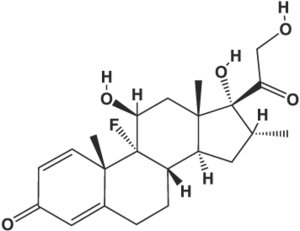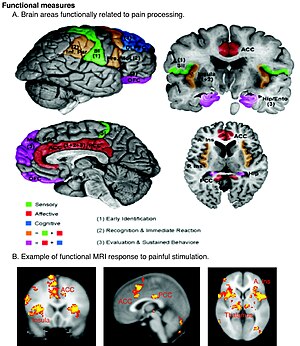LONDON, UK (GlobalData*), 10 April 2013 - Guidelines for off-label drug use hold immense commercial implications, and stricter controls are needed on medical compendia, given their influence in this field, states recent analysis by research and consulting firm GlobalData.
In all areas of healthcare, the line between the interests of regulators, insurers, physicians, and patients can be murky, and widespread off-label drug prescribing represents a growing grey area in oncology. This practice came under scrutiny by Rena Conti at the University of Chicago, in a recent study which shines a light on drugs that come with a hefty price tag, and are commended for numerous off-label uses despite uncertain clinical risks and benefits.
Medical compendia are meant to ensure that patients have access to the newest registered drugs when evidence emerges to support specific off-label indications, but their decisions can sometimes draw questions. A recent study lead by Conti establishes a benchmark for off-label use of certain expensive drugs with known safety issues, on the basis of guidance from privately published compendia. Insurers routinely rely on guidelines such as the National Comprehensive Cancer Network’s (NCCN) Drugs and Biologics Compendium to make coverage decisions for off-label indications, and Conti’s group found that from the US$12 billion spent on 10 leading chemotherapies in 2010, US$4.5 billion was spent off-label, and US$2 billion was spent on NCCN-supported uses.
Anita Angelica Moore, GlobalData’s Healthcare Analyst for Oncology, explains: “Advocates of medical compendia argue that off-label prescribing represents a crucial element in the oncology market, due to limited treatment options and the impracticability of FDA applications being submitted for every combination of agent and cancer type. However, critics contend that compendia publishers are too quick to recommend drugs based on limited research, and cite the possibility of conflicts of interest, especially in cases where compendia panel members are financially linked to drug manufacturers.
“Compendium guidelines play a large role in influencing prescribing patterns, and so their commercial implications are immense”, states Moore. “2011 saw the US’s largest payer Medicare base its reimbursement policy concerning the off-label use of Avastin for metastatic breast cancer on the NCCN compendia’s vote. That year, the US Food and Drug Administration (FDA) announced that Avastin, while still approved for other cancers, caused more harm than benefit in breast cancer patients. In a controversial decision, Medicare continued coverage for the off-label use of Avastin at a hefty annual price tag of US$88,000, a decision based largely on NCCN recommendations. Critics of this decision cite the fact that a third of the NCCN’s guideline-writing committee had financial ties to Avastin’s producers, Roche and Genentech.”
Conti also charted the prevalence and cost of off-label prescribing of 10 patent-protected, intravenous cancer drugs in 2010, and showed that Avastin was both more commonly used off than on label, and was the single largest contributor to off-label prescribing costs during that year.
Moore argues that such compendia are not the best judge, however: “Systematic analysis of major compendia has found a host of methodological problems, wide variety in recommendations, and a general lack of transparency. For instance, endorsements were given for Avastin in the 2010 NCCN compendia for adjuvant use in colorectal cancer, despite the drug having continually failed to improve outcomes when used in this capacity, and a negative study having been presented a full year earlier. This recommendation has since been updated, but the error showcases the failure of NCCN guidelines to update material.”
Read more...















